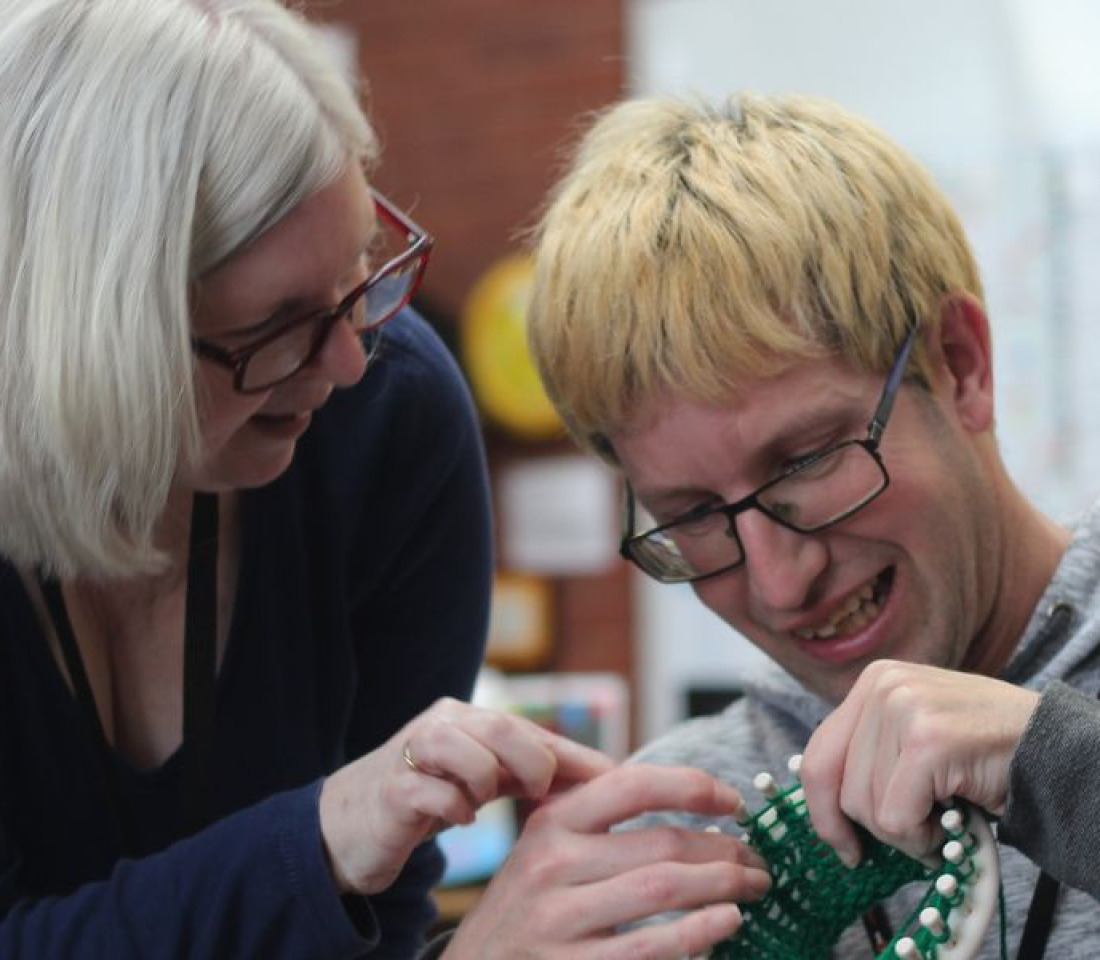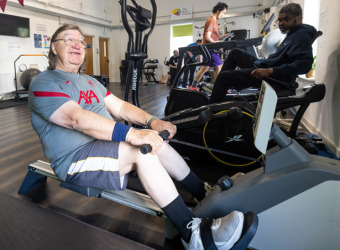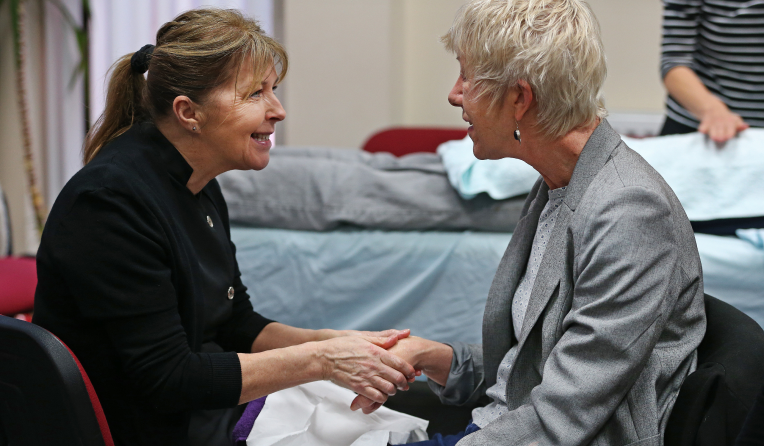What is facial palsy
The term facial palsy means a weakness or paralysis of the facial muscles which is usually one sided but, in some conditions, can affect both sides of the face.
Facial palsy is a symptom rather than a diagnosis. There are approximately 50 known conditions that can cause facial palsy.
What conditions cause facial palsy?
There are many different causes of facial palsy, including:
- Bell’s palsy: Bell’s palsy is the most common cause of unilateral facial palsy due to damage to the facial nerve. It is thought to be caused by inflammation of the facial nerve, which can be triggered by a viral infection. Bell’s palsy affects the facial nerve as it exits the brain and travels to the facial muscles. The majority of people will make a full recovery within the first 3 – 4 weeks. Others may have a delayed recovery and symptoms may not resolve for several months. A small percentage of people will not make a full recovery and will require treatment from a specialist facial palsy service.
- Stroke: Stroke is another common cause of facial palsy. Unlike Bell’s palsy, a stroke affects the brain rather than the facial nerve itself which is why it can cause limb weakness as well as a facial weakness/paralysis. Stoke commonly only affects the lower half of the face with sparing of the brow and eye muscles.
- Tumours: Tumours on the brainstem or near the facial nerve can also cause facial palsy.
- Trauma: Injury to the face, such as a skull fracture or facial laceration, can damage the facial nerve.
- Autoimmune diseases: Autoimmune diseases, such as sarcoidosis and myasthenia gravis, can also cause facial palsy.
- Infectious diseases: Other infectious diseases, such as Ramsay Hunt syndrome, Lyme disease and HIV, can also damage the facial nerve.
- Medical procedures: Some medical procedures, such as surgery on the ear or face, can also damage the facial nerve.
- Neurological conditions: such as Guillain Barré syndrome and Multiple sclerosis.
What are the symptoms of facial palsy?
The symptoms, including the onset of symptoms, will vary depending on the cause.
Below are the symptoms for the most common causes of facial palsy.
Bell’s palsy and other infectious causes:
- Sudden onset of facial weakness with symptoms peaking within 72 hours
- Loss of facial expression on the affected side.
- Facial droop including the brow, eye muscle, cheek, and corner of the mouth
- Difficulty closing the affected eye and blinking. This results in drying of the eye causing soreness, redness and irritation.
- Difficulty with speech sounds ‘p’ and ‘b’ due to weakness of the lips but speech is intelligible.
- Difficulty eating and drinking due to poor lip seal hence liquids/solids may spill from the corner of the mouth.
- Difficulty controlling saliva resulting in some drooling from the corner of the mouth.
- Altered taste often described as ‘metallic’ and dry mouth.
- Pain in and around the ear.
Stroke
- Sudden onset of facial weakness which occurs rapidly within seconds and minutes and may be accompanied by limb weakness and confusion.
- In general, the brow and eye muscles on the affected side are spared and the facial weakness/paralysis only affects the cheek and mouth. Hence there are no problems with closing the eye or blinking.
- Drooping of the mouth.
- Difficulty eating and drinking.
- Difficulty with speech which can affect all speech sounds, as the tongue is involved not just the lips. Speech can be very difficult to understand and the person may have difficulty in understanding the spoken word.
- Drooling
- Confusion/disorientation
















